The town that King Charles built: royal Disneyland or urban triumph?
The King's ideal town of the future
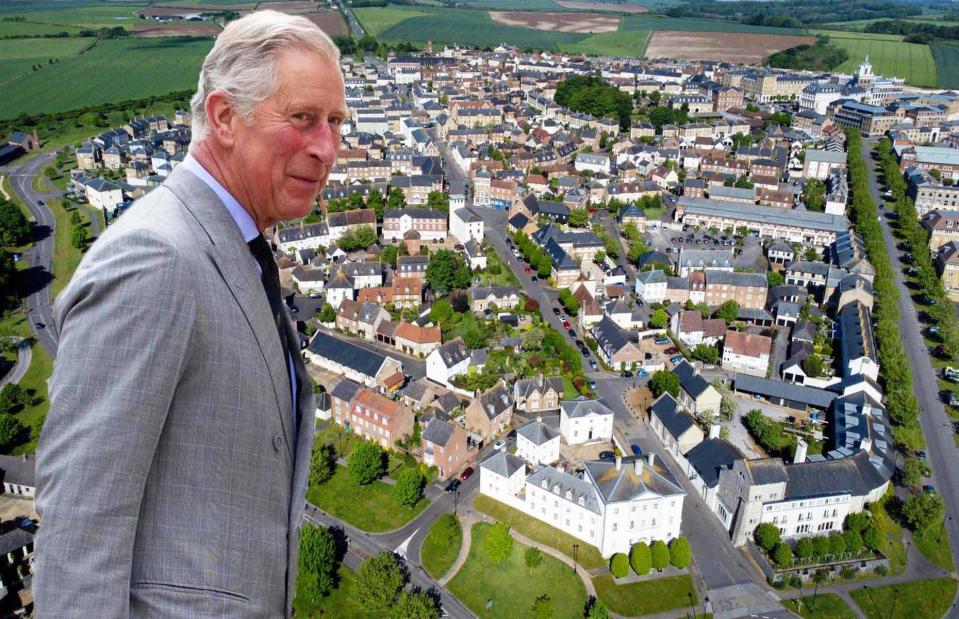
Jeff Gilbert / Alamy Stock Photo ; The Duchy of Cornwall
Back when he was the Prince of Wales and the Duke of Cornwall, King Charles lll created a model town on his land in Dorset, on England's south coast. Famous for his love of classical architecture, he dreamed of creating a place of beauty and filled the town with a medley of Georgian houses, Dorset cottages and even a miniature replica of Buckingham Palace. He named it Poundbury.
Three decades on, read on to see how the King's urban experiment has developed...
Why did the King build his own town?
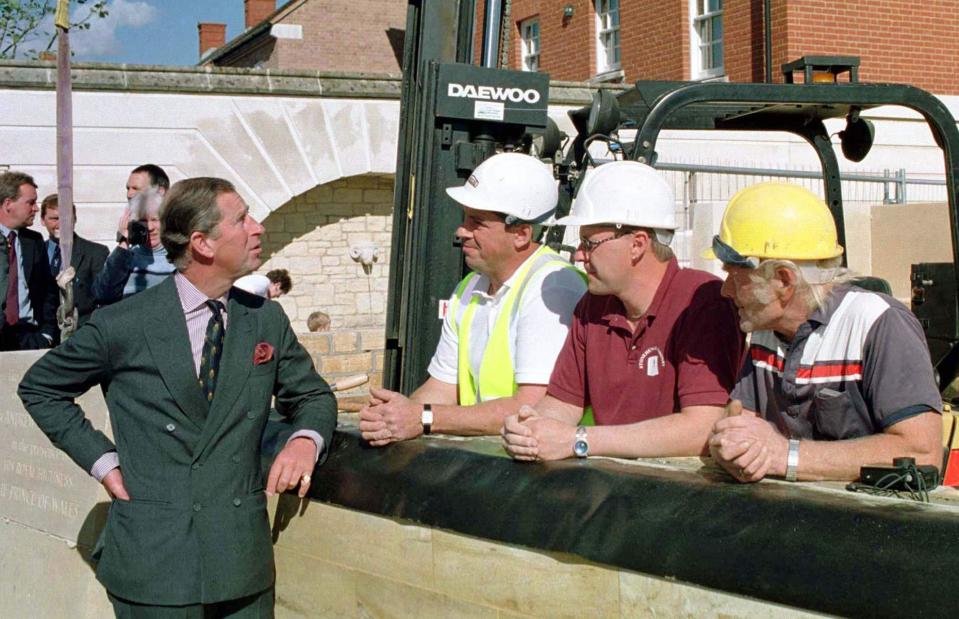
PA Images / Alamy Stock Photo
Due for completion in 2028, construction on the 400-acre development began in 1993. Today, Poundbury is home to more than 5,000 people, with another 2,730 working in its shops, offices, factories and cafes.
Now that King Charles has ascended the throne, his son, the new Duke of Cornwall, Prince William, will take the reins. But where did it all begin, and why did the King decide to build his own town?
The origins of the dream
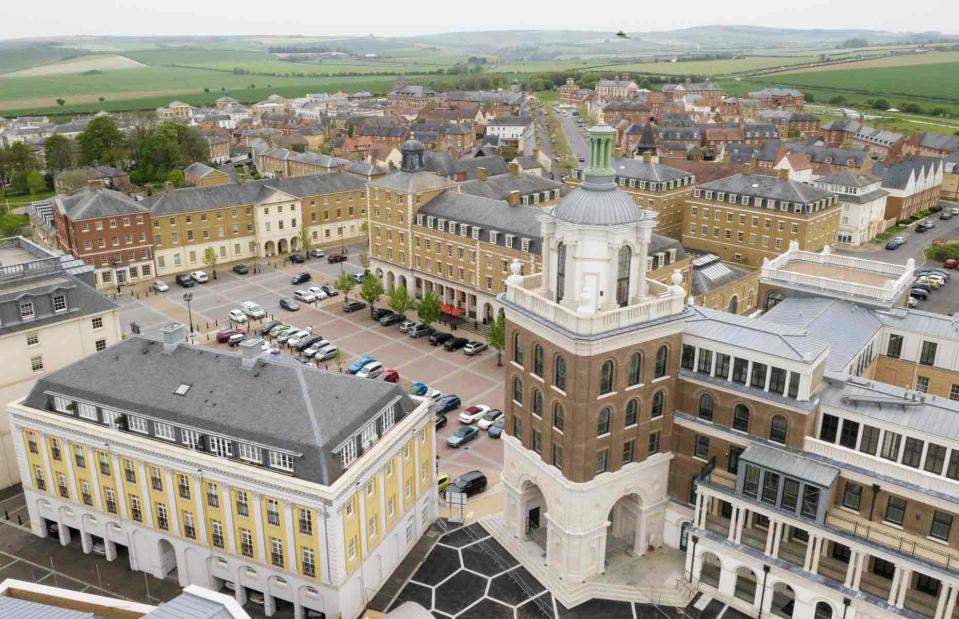
The Duchy of Cornwall
The then Prince of Wales (aka the Duke of Cornwall) was well known for his outspoken criticism of modernist architecture.
He infamously called plans for the extension of London’s National Gallery a “monstrous carbuncle” and five years later outlined his views on urban planning in his book A Vision of Britain, which championed traditional architecture, closer communities and sustainability. It would provide the blueprint for his vision for the idyllic town of Poundbury.
Master builders
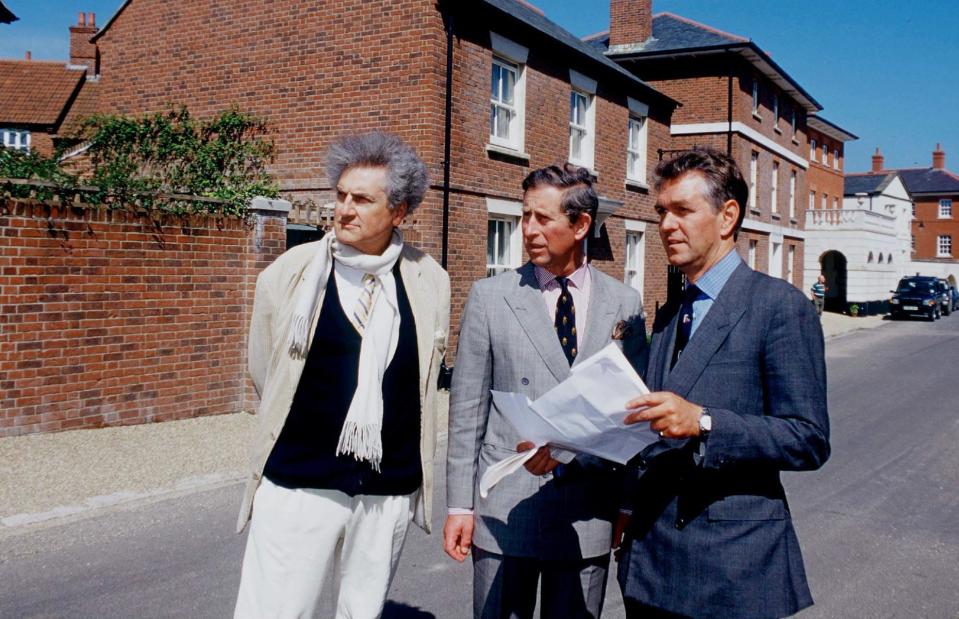
Tim Graham Photo Library via Getty Images
In 1988, he commissioned the visionary urban theorist Leon Krier (standing to the left of the King in this image) to produce a plan for developing Poundbury.
His brief was to create an autonomous extension to the nearby town of Dorchester blending in with traditional Dorset architecture, using the urban design principles described in A Vision of Britain a book written by Charles in 1989.
The overall design reflects a traditional English village with a mix of residential, commercial and retail spaces, all within easy walking distance.
The master plan
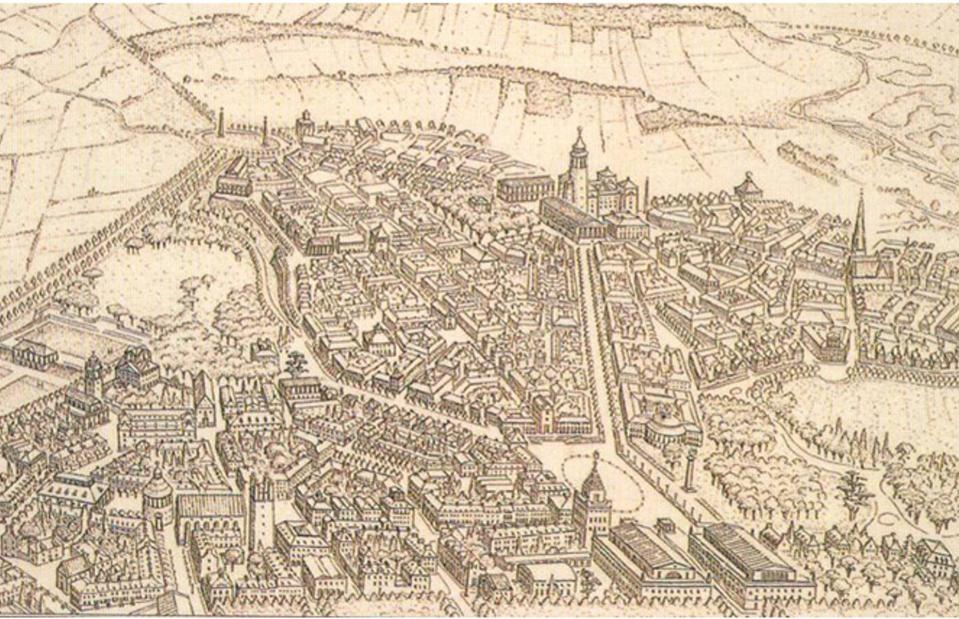
The Duchy of Cornwall
The resulting Poundbury master plan, which was shared with local residents, divided Poundbury into four distinctive quarters, each one designed by handpicked architects.
The first phase, which began in 1993, was completed in 2001, while the final section, the North-West Quadrant, is expected to be finished by 2028.
Poundbury will have increased the population of Dorchester by about one quarter, with an eventual community of about 5,800 people.
A passion for traditional architecture
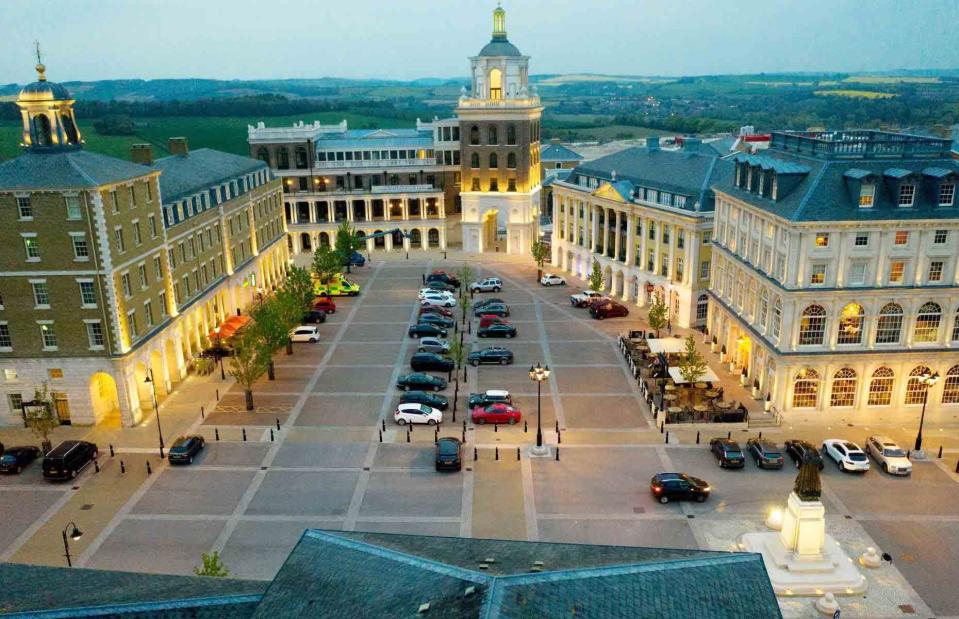
The Duchy of Cornwall
Central to the design is its architecture. The King has long since believed that one of Britain’s greatest strengths is the regional variation of its towns and villages.
From its Dorset flint cottages to its Georgian and Regency revival townhouses, Poundbury draws on a rich tradition of architectural styles, using local materials and craftsmen where possible.
“There are architects who can design with sensitivity and imagination so that people can live in more pleasant surroundings,” Charles told The BBC.
Affordable housing
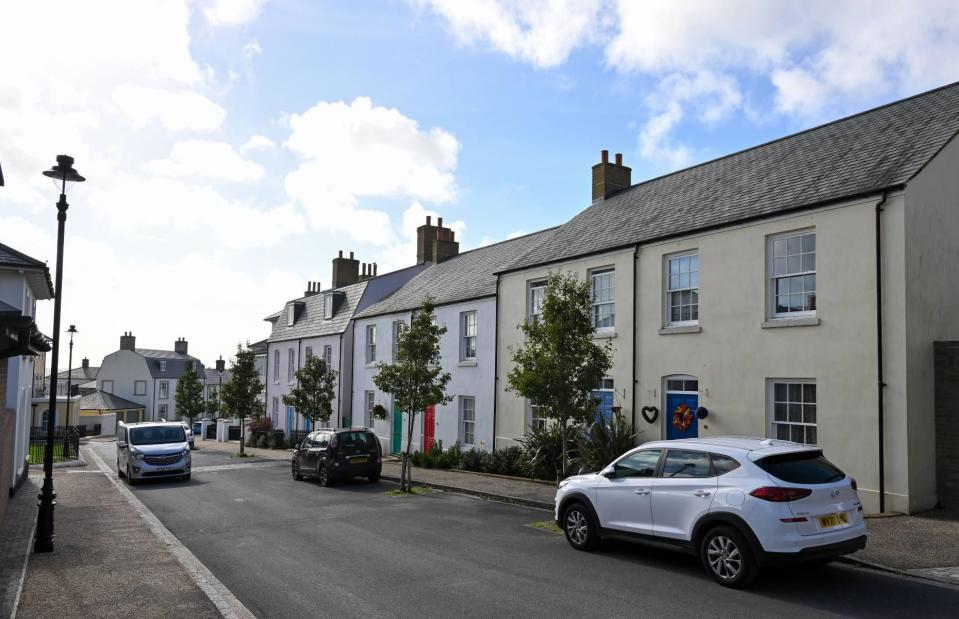
The Duchy of Cornwall
The overriding goal was to build integrated affordable housing that people actually wanted to live in, rather than the soulless isolated housing estates that had sprung up on the edges of cities around the UK.
“When I set out on this venture, I was determined that Poundbury would break the mould of conventional housing development in this country,” the former 24th Duke of Cornwall says on the Duchy of Cornwall’s website.
Community feeling
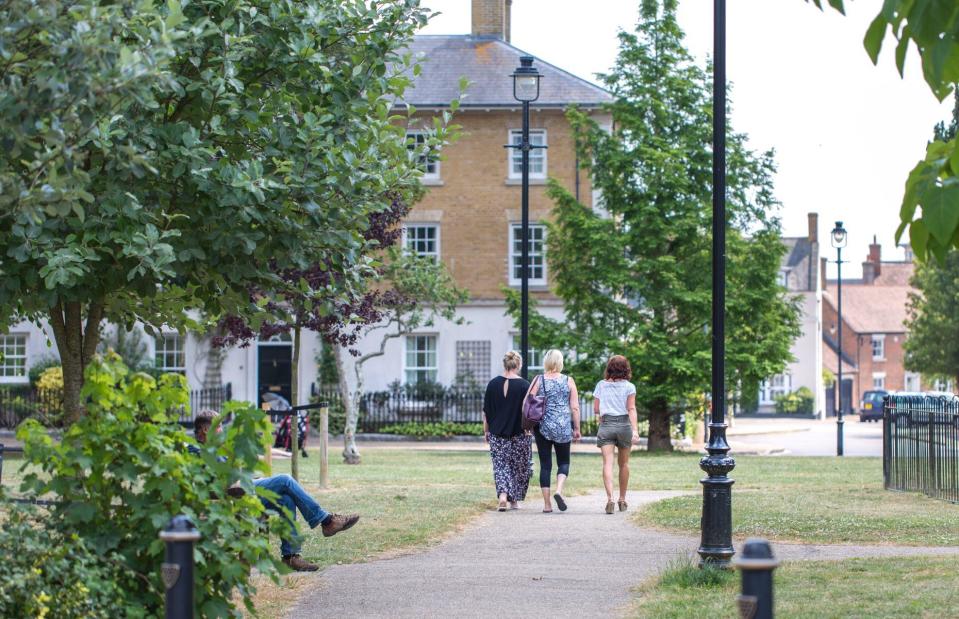
The Duchy of Cornwall
Residents say they love living in Poundbury because it feels like a community. People live and work here, so they have regular contact with their neighbours and the layout of its streets and lanes, interspersed with small squares, has been designed to encourage walking and cycling.
“The entire master plan was based upon placing the pedestrian, and not the car, at the centre of the design,” said the King.
Mixed-use buildings
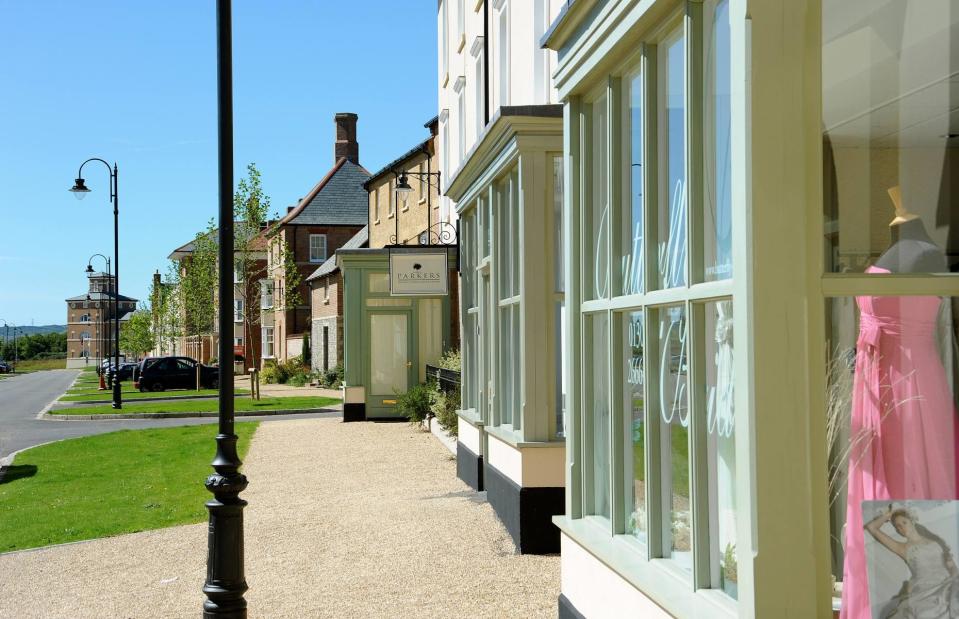
The Duchy of Cornwall
Likewise, a focus on mixed use has seen Poundbury combining residential, retail and business uses with public amenities, so that many people are able to live, work and socialise here without ever leaving town or using their cars, making it eco-friendly too.
Offices and workshops have been built in amongst the housing, while a plethora of shops and small businesses have flourished and helped create this unique sustainable community.
A feudal Disneyland
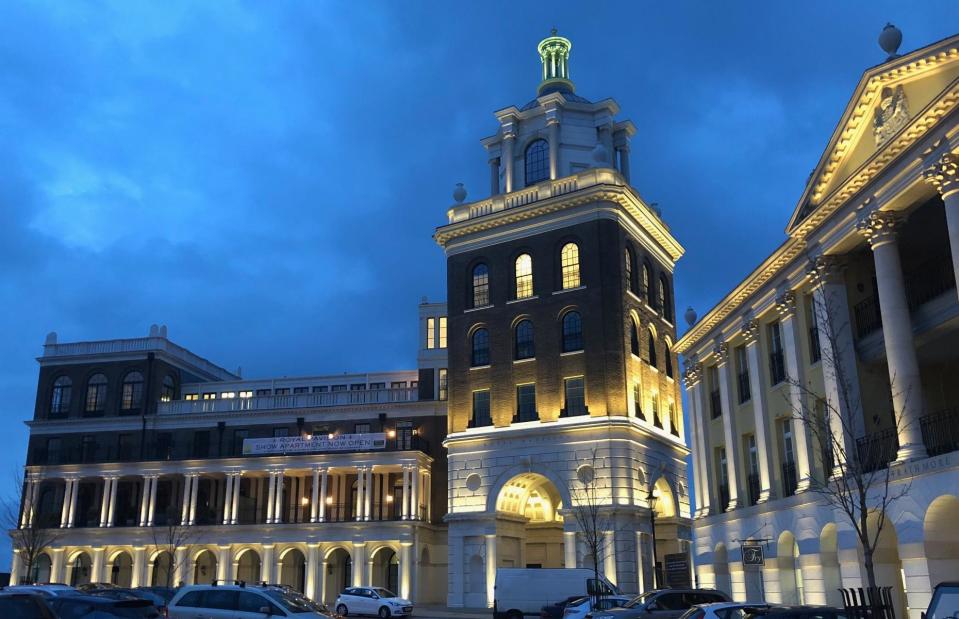
The Duchy of Cornwall
The initial reception to Poundbury was mixed. Some dubbed it a “feudal Disneyland”, as reported by British newspaper The Guardian, a vanity project, or a whim of the then Prince of Wales, and it struggled to attract residents.
Critics argued that Poundbury was just a 'ghost town', an artificial and idealised version of a traditional town that lacked the diversity or the soul that characterises older settlements.
Critics and carbuncles
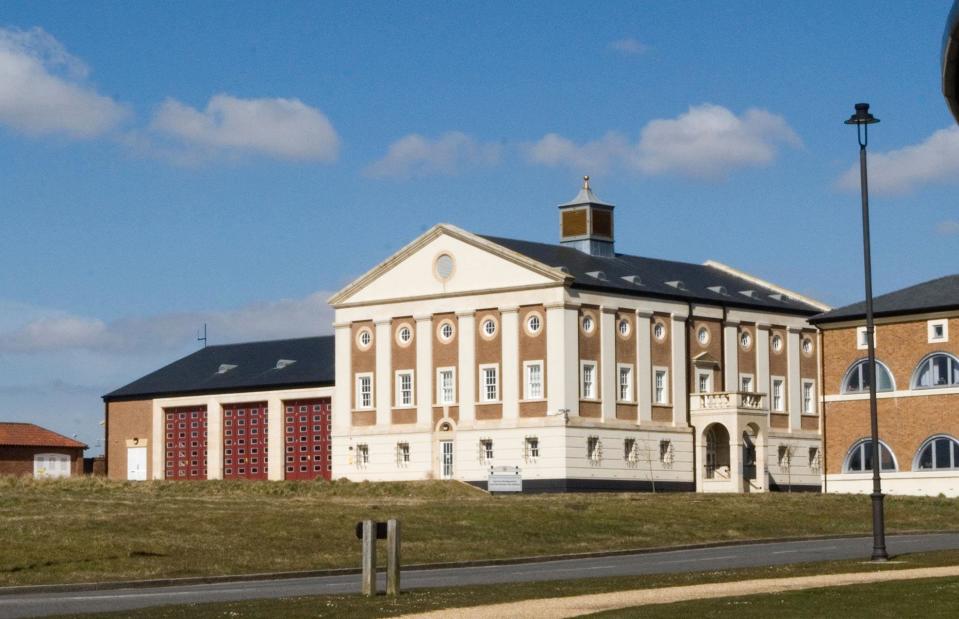
Homer Sykes / Alamy Stock Photo
Poundbury has faced significant criticism over the years for feeling artificial and soulless. Writing on ArchDaily, critic Andy Spain describes it as "a mishmash of styles from different centuries" that ultimately feels like "a toy town, a museum of a mythical past". This sentiment is echoed by the late British writer AA Gill, who in 2006 called it a “neurotic, irritably sighing, obsessively curated, willfully blinkered suburb" in The Coracle.
As if that wasn't bad enough the Dorchester Fire Station (pictured) was nominated for the Carbuncle Cup in 2009, a tongue-in-cheek architecture award for the most unattractive buildings named after Charles' famous remark.
In praise of Poundbury
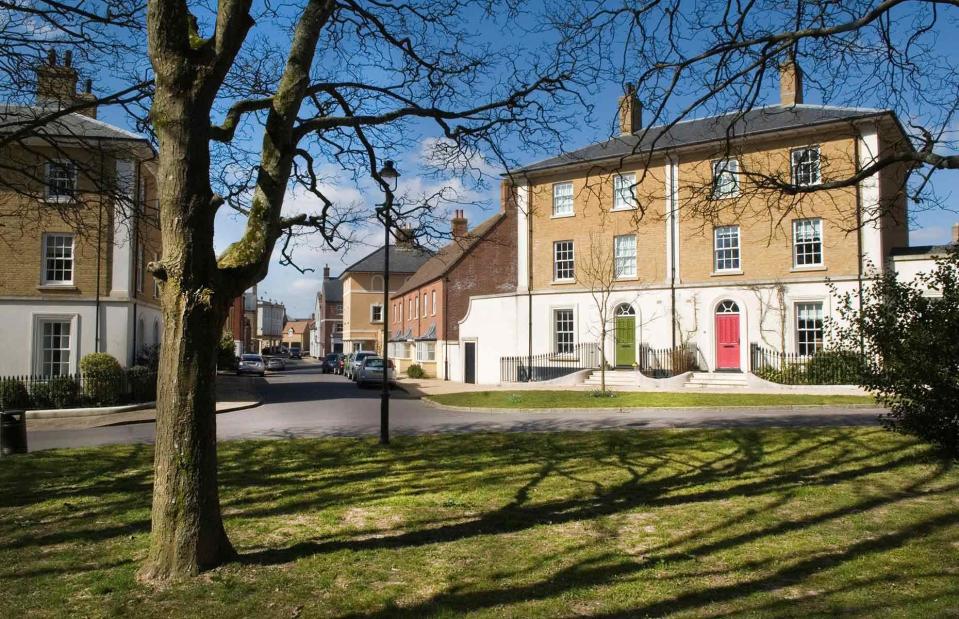
Homer Sykes / Alamy Stock Photo
But not everyone is a critic... One of its notable admirers Witold Rybczynski, emeritus professor of architecture at the University of Pennsylvania, praised the town’s commitment to reducing car dependency and prioritising pedestrians saying: "Poundbury embodies social, economic, and planning innovations that can only be called radical."
The Guardian's architecture reporter Oliver Wainwright admitted that Poundbury is "getting a lot of things right" with its genuine mixed-use development and growing, diverse community. This was echoed by English philosopher Sir Roger Scruton, who lauded the town for its human-scale proportions and traditional architectural principles in a BBC documentary called Why Beauty Matters. He said: "This is not great or original architecture, nor does it try to be; it is a modest attempt to get things right by following patterns and examples laid down by tradition."
Proving the sceptics wrong
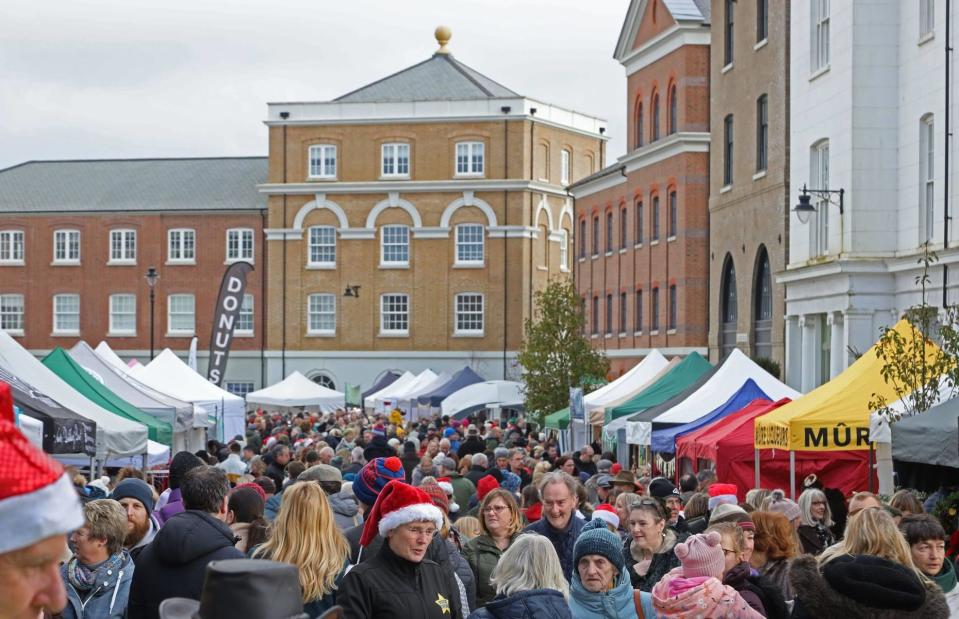
The Duchy of Cornwall
Now more than three decades on, Poundbury is a thriving successful town which has been copied both in the UK and abroad. “Many people said that it could never succeed, but I am happy to say the sceptics were wrong,” the former Duke of Cornwall says on his website.
But what’s Poundbury really like? Does it live up to the King’s vision of the perfect English town?
A medieval-inspired square
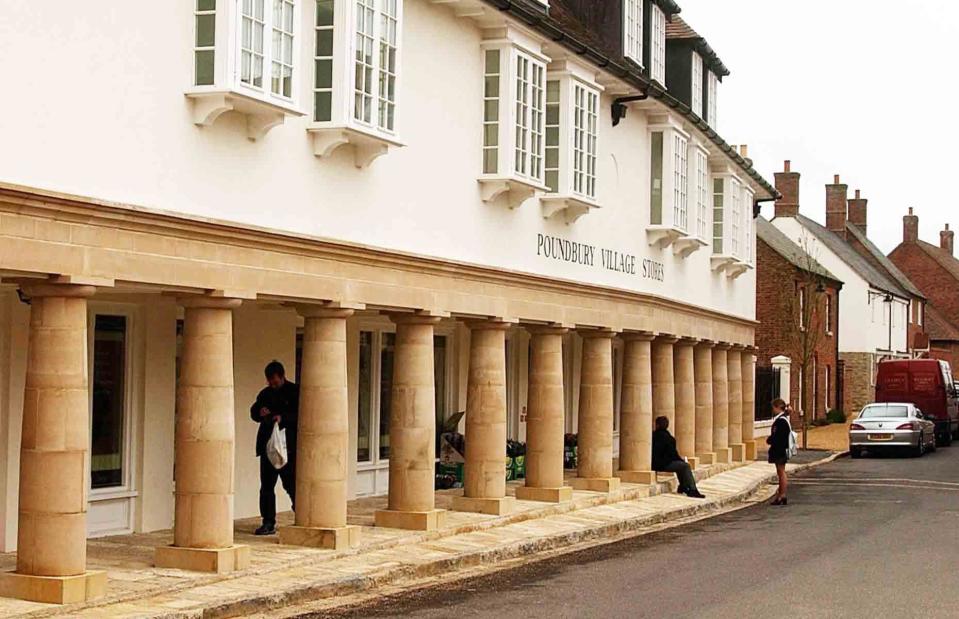
John Robertson / Alamy Stock Photo
The market hall on Pummery Square, which is the hub of Phase One of Poundbury’s construction, would not be out of place in a medieval village. Designed by architect John Simpson, it was completed in 2001 and is used for public and theatrical events.
Other buildings on the square include the Village stores, The Poet Laureate Pub (named in honour of Ted Hughes) and other small shops and cafés.
Social housing
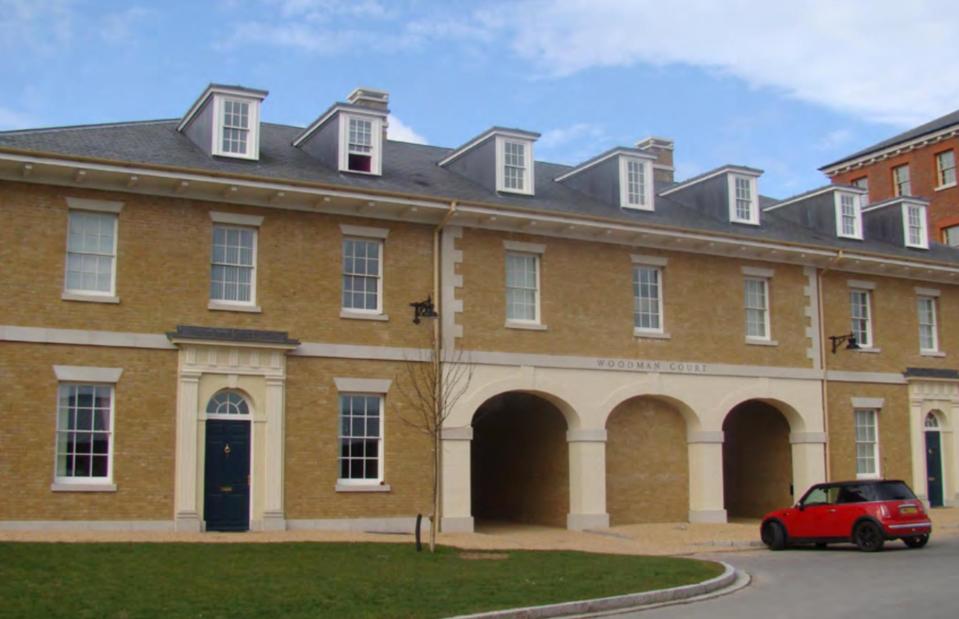
The Duchy of Cornwall
The second phase of the project was granted planning permission in 1999 and provided 900 dwellings and six hectares of employment space over a ten-year development period.
In Poundbury, 35% of homes being built are affordable housing for rental or shared ownership by local people. Affordable homes are integrated with private homes and built to the same high standard, so that they are almost indistinguishable.
Artisan atmosphere
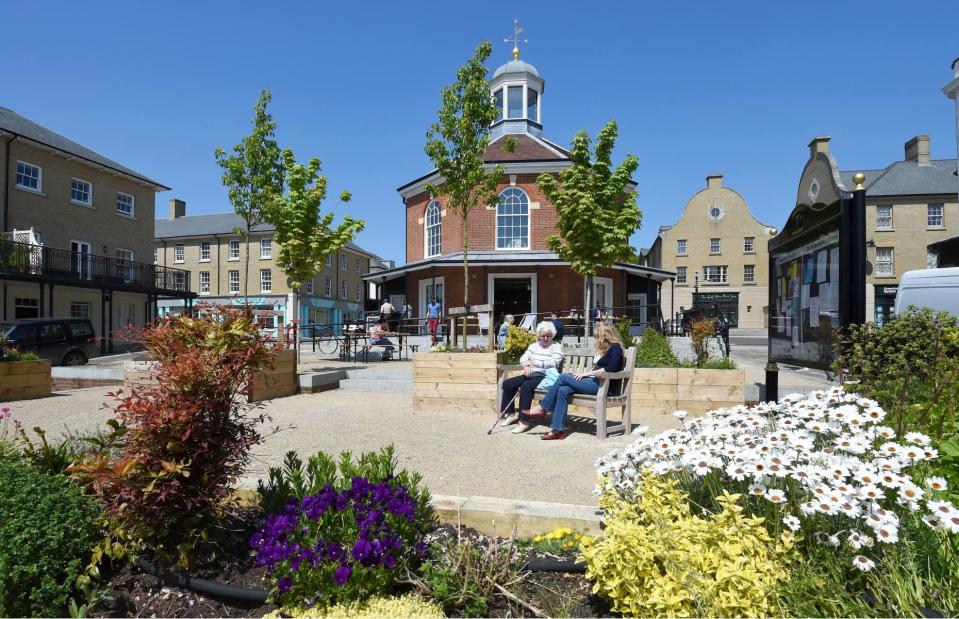
The Duchy of Cornwall
The focal point of the South West Quadrant of the town is the Buttermarket, a mixed-use development featuring nine characterful buildings housing 18 boutique shops and workshops around a main square, including a post office and a hair salon.
Part of the second phase, which was granted planning permission in 2006, it's a hub for regular community events, including Christmas markets and Easter egg hunts.
Small businesses
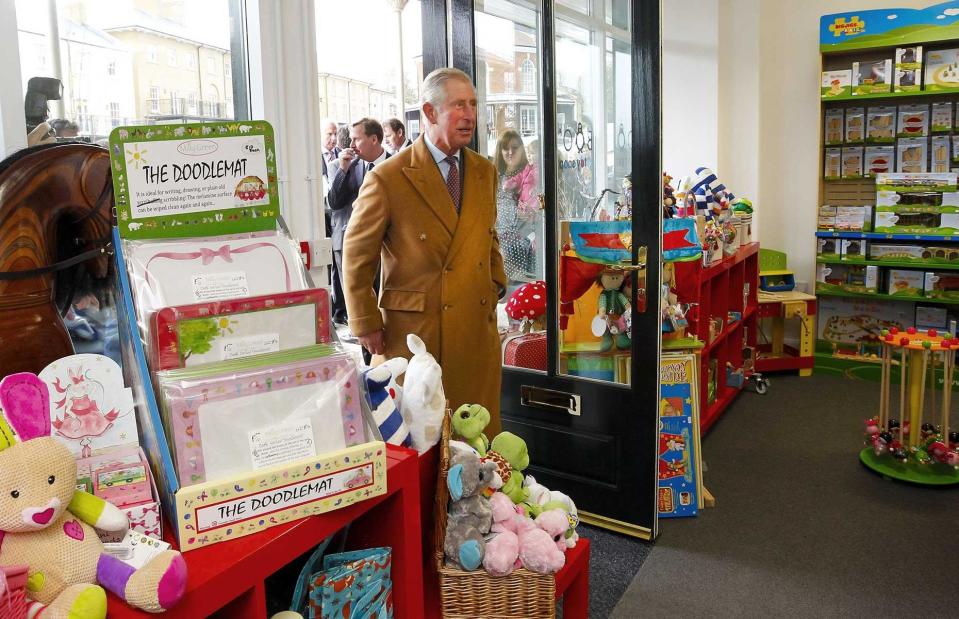
PA Images / Alamy Stock Photo
According to the Duchy of Cornwall website, there are over 250 individual businesses operating in Poundbury, employing over 2,700 people. These include grocery stores, bakeries, butchers, beauty salons, bicycle repair shops and toy shops.
Many have been inspired to set up here due to the quality of the environment, affordable rates and sense of community.
Charles and the chocolate factory
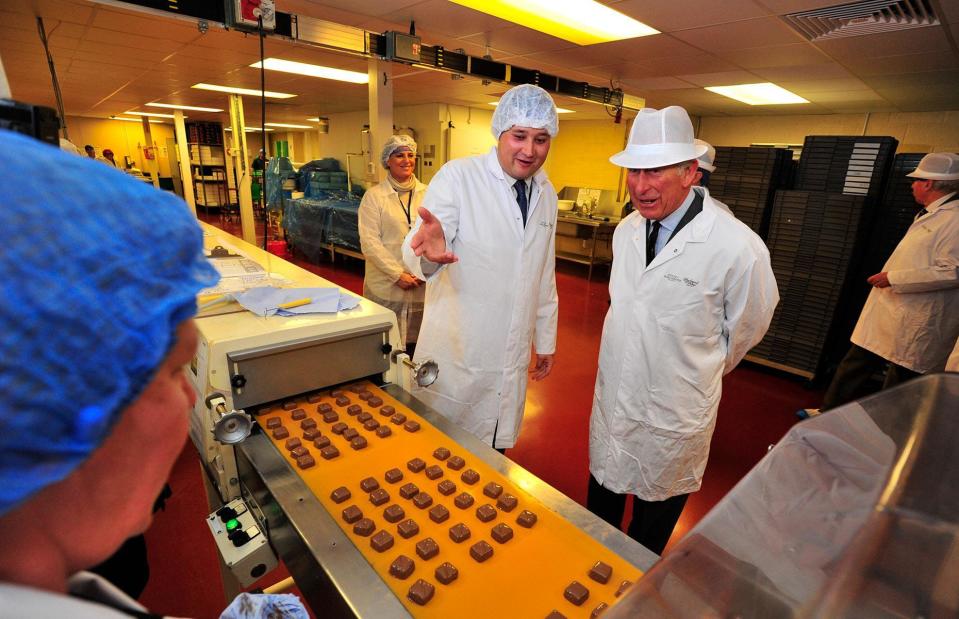
The Duchy of Cornwall
Located in the same quadrant is Poundbury’s chocolate factory, which opened in 1998 and was taken over in 2014 by leading chocolatier Charbonnel et Walker, who supply retailers such as John Lewis, Harrods and Selfridges, as reported by the UK-based food retail magazine The Grocer.
The then Prince Charles visited the factory several times, including in 2015, after the factory was extended to meet demand.
Queen Mother Square
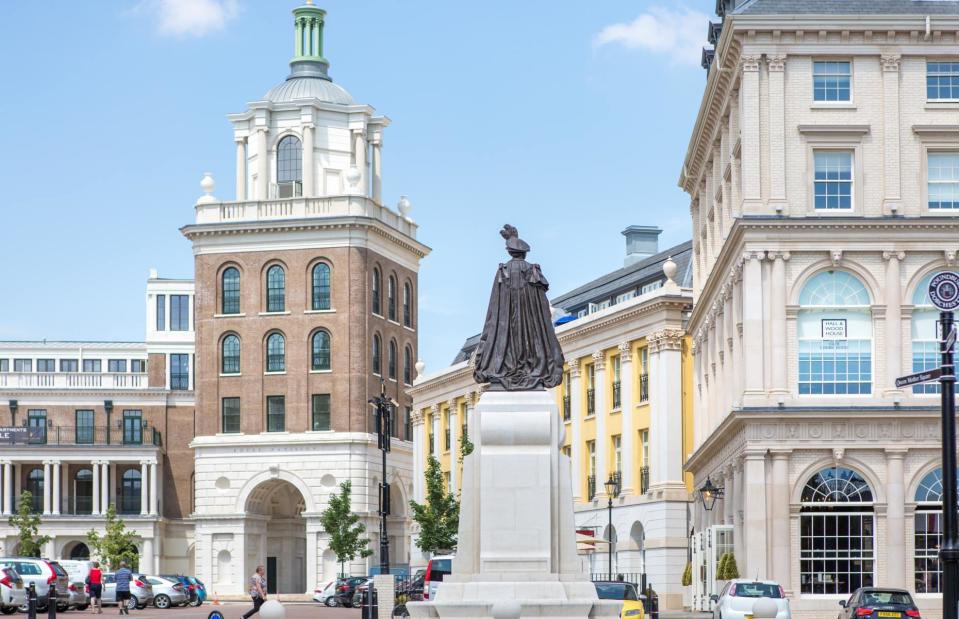
The Duchy of Cornwall
At the heart of Phase Three and Four, and Poundbury itself, is Queen Mother Square, which was formally opened by the late Queen Elizabeth ll in 2016 and features a statue of her mother made by the sculptor Philip Jackson. The buildings were designed by the infamous 'new classical' architect Quinlan Terry, who renovated 10 Downing Street for Magaret Thatcher and is said to be King Charles' favourite architect, his son Francis Terry and Ben Pentreath.
In the late 1990s, during his time at the Prince's Institute for Architecture, Ben Pentreath won a competition to design the initial phase of Pummery Square. Since then, the firm has had a hand in designing over 1,000 homes in Poundbury, including the Royal Pavilion.
The Duchess of Cornwall Inn
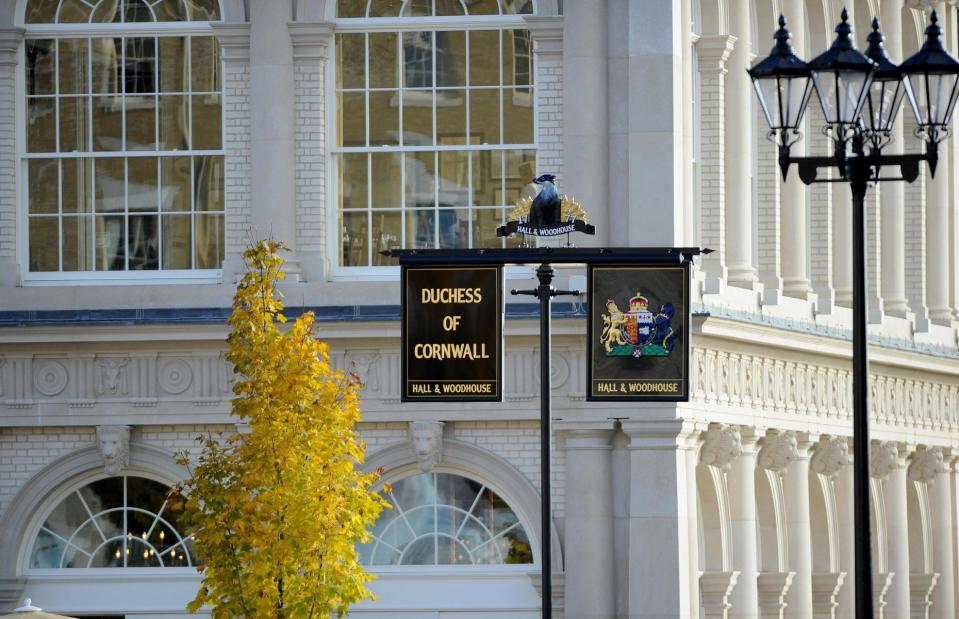
David Partridge / Alamy Stock Photo
Every town needs a local watering hole and Poundbury is no exception, with a grand public house and 20-room hotel named The Duchess of Cornwall Inn sitting proudly in Queen Mother Square. The grand facade is said to be inspired by The Ritz in London, a favourite haunt of the Queen Mother, with its columns, arched windows and creamy stonework.
Buckingham Palace replica
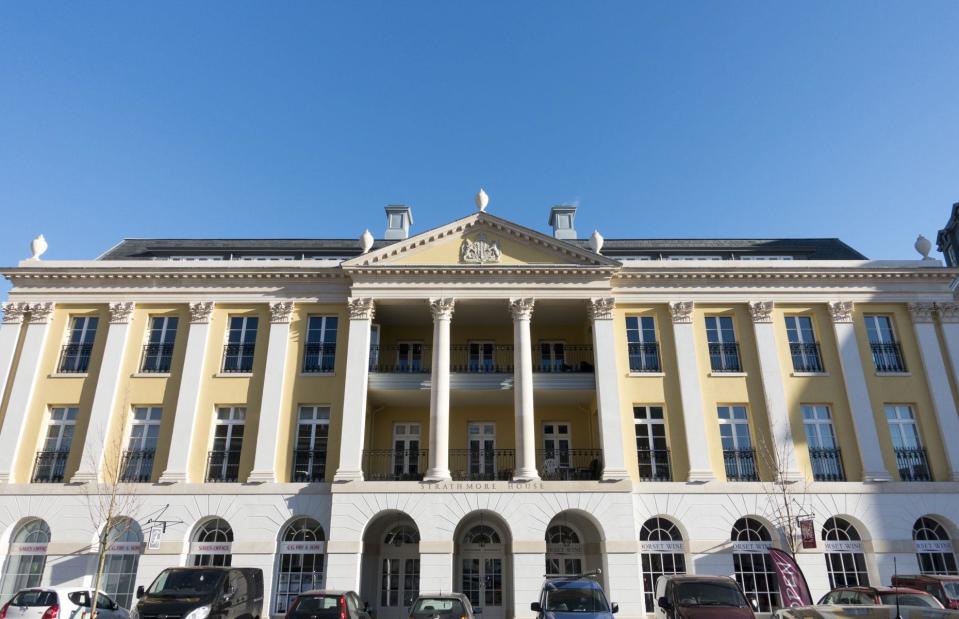
Robert Hurworth / Shutterstock
On the east side of the square is Strathmore House which, with its Corinthian columns and royal crest, has been nicknamed ‘Buck House,’ such is its likeness to the London original. The neoclassical building, which was named after the Queen Mother’s father, the 14th Earl of Strathmore, was also designed by Quinlan Terry and includes eight grand apartments above two retail units.
The apartments in Strathmore House
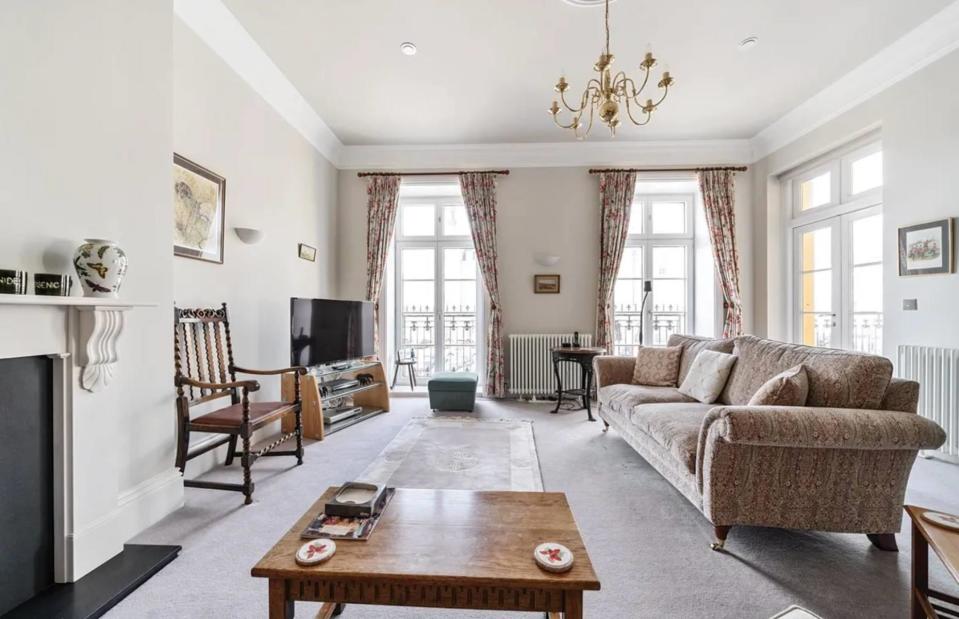
Parkers Property Consultants / Zoopla
The apartments are stylish and super-spacious but, as you might expect, they don’t come cheap. The larger apartments rarely come on to the market and would certainly cost well in excess of £1 million ($1.3m) if they did.
There are eight apartments in the block, all with high ceilings, large windows and balconies overlooking the Queen Mother Square. This two-bedroom apartment was recently listed for £600,000 ($760k).
Reasonably priced homes
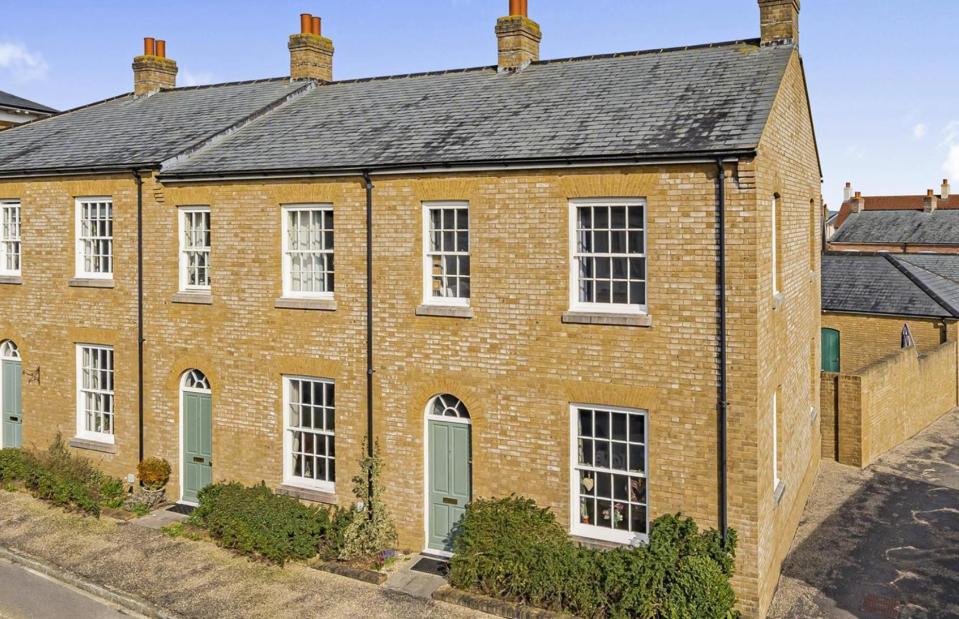
Symonds & Sampson
On the more affordable end of the scale, there’s this reasonably priced modern Georgian-style end-of-terrace house, which is just a short walk from The Great Field. It has three bedrooms and a contemporary kitchen and was most recently listed for sale for £385,000 ($488k).
The average price of a flat in Poundbury in 2024 was £294,000 ($375k), with terraced homes going for an average price of £492,000 ($627k) according to Rightmove.
Modern Georgian style
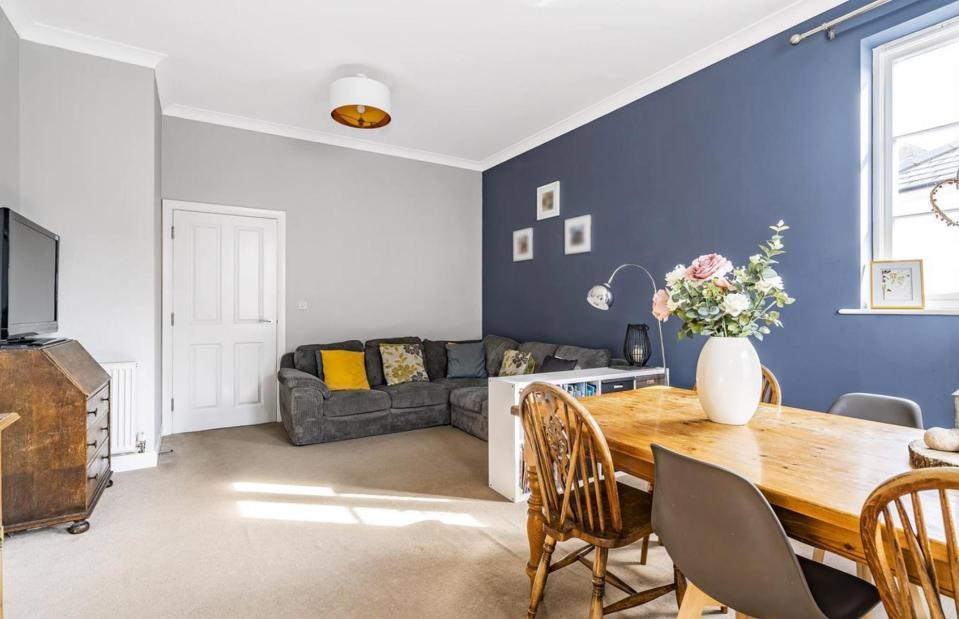
Symonds & Sampson
On the ground floor, an entrance hall leads in to a light and spacious living/dining room, while there is a lawned garden and patio outside.
Nearby is the Queen Mother Square, which provides a great range of amenities, including a supermarket, cafes and the 20-bedroom Duchess of Cornwall Inn, which is sure to be your new local!
Local schools

The Duchy of Cornwall
Poundbury is surrounded by a range of state schools, all highly rated, including the Thomas Hardye School & Sixth Form, which is one of the highest performing in the UK. It is is served by two primary schools, the Prince of Wales First School and Damers First School, which relocated to a new building here in 2017.
The move enabled the school to improve its environmental credentials, growing its own food and reducing waste and recycling.
Places to play
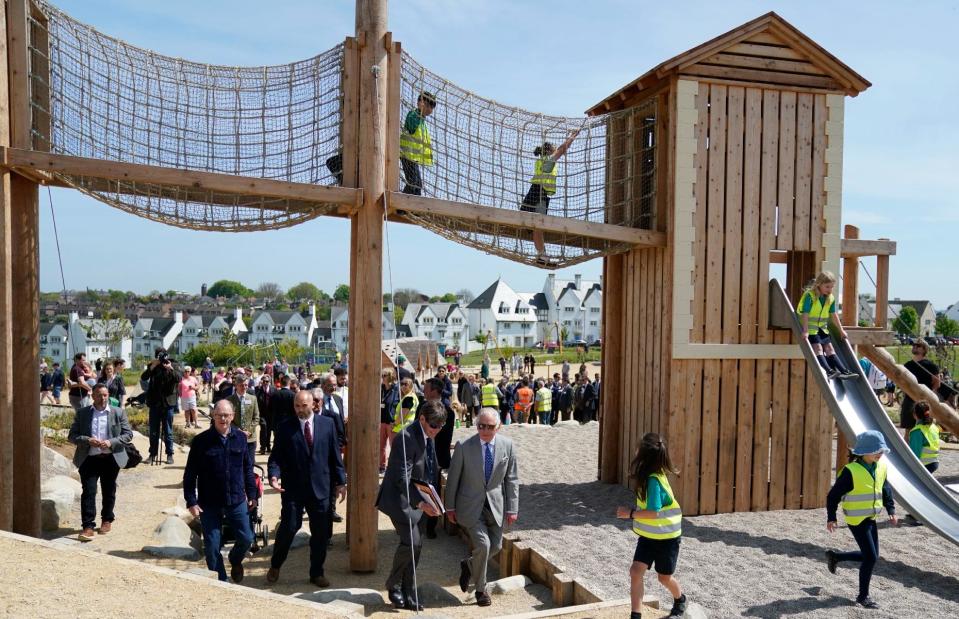
Andrew Matthews / WPA Pool / Getty Images
The school has direct access to the Great Field, the largest green space in Poundbury, providing 12 hectares of grassland with a network of paths and more than 450 trees and 26,000 shrubs.
The southern part of the field features sports pitches, an outdoor gym area and a magnificent new play area for toddlers through to teenagers, which was opened by the King in May 2022.
Green credentials
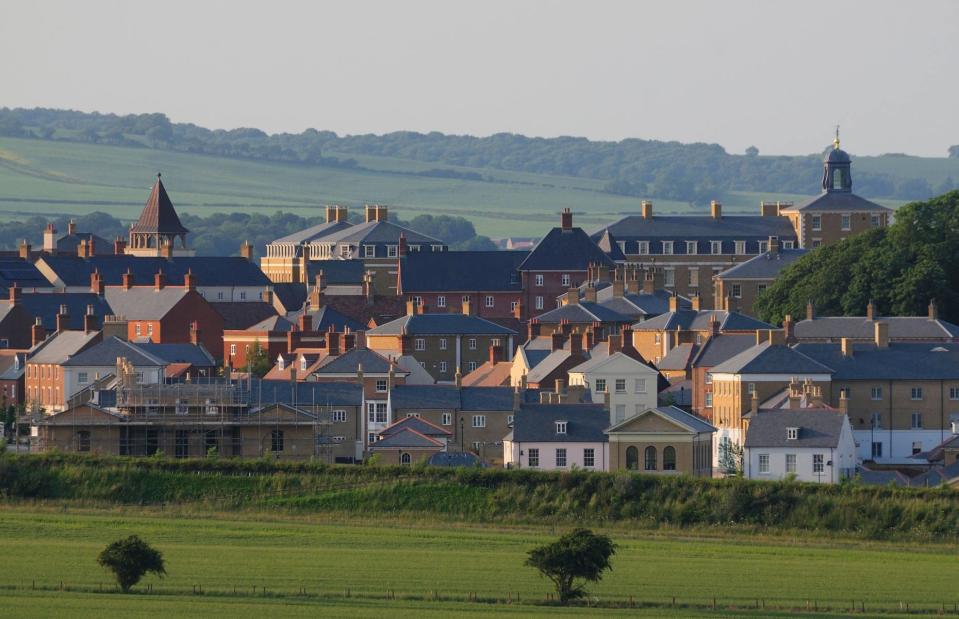
Caroline Eastwood / Alamy Stock Photo
A passionate environmentalist, it was important that the town lived up to the King’s green credentials. He has ensured that buildings have energy-conserving features, such as efficient insulation, double-glazing, condensing boilers and water meters, as well as slate solar panels, ground-heat recovery systems and rainwater recycling, according to The Daily Mail.
There’s also electrical vehicle charging capability in all garages being built. Françoise Ha, previous Chair of the Poundbury Residents Association, told The Big Issue: “Poundbury is an interesting idea. It’s been like Marmite before because it was green fields, but I think it’s good at what it’s trying to do.”
Renewable energy
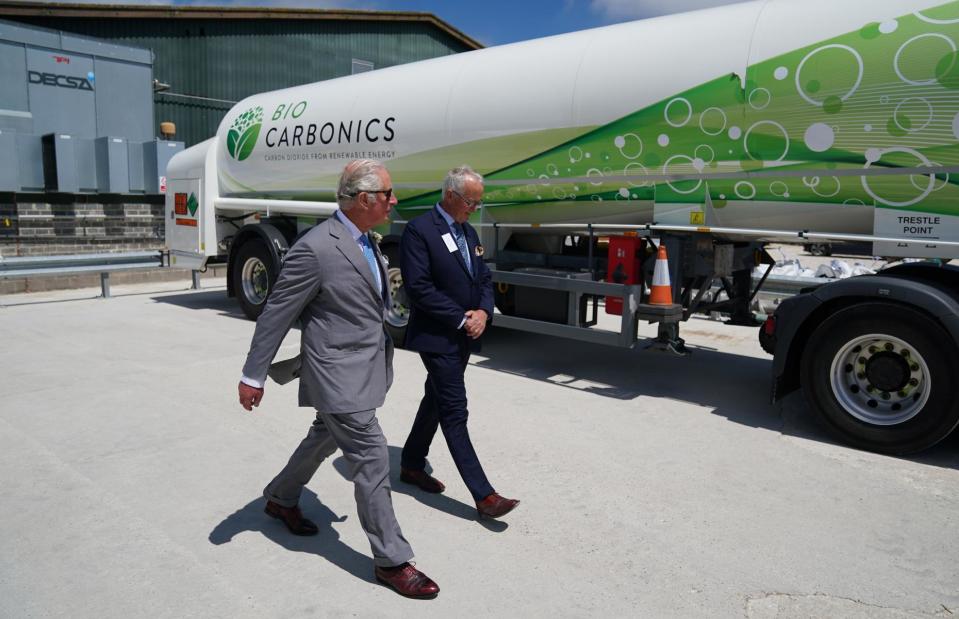
Andrew Matthews / WPA Pool / Getty Images
And if that’s not enough to earn Poundbury its green card, Rainbarrow Farm was the country’s first full-scale anaerobic digester and biomethane-to-grid plant.
Purpose-built by the Duchy of Cornwall as a joint venture with local farms, it provides 100% renewable bio-methane gas from sustainable sources of crops and feeds this into the national gas distribution network to heat Poundbury and more than 90,000 homes in West Dorset.
Retirement living
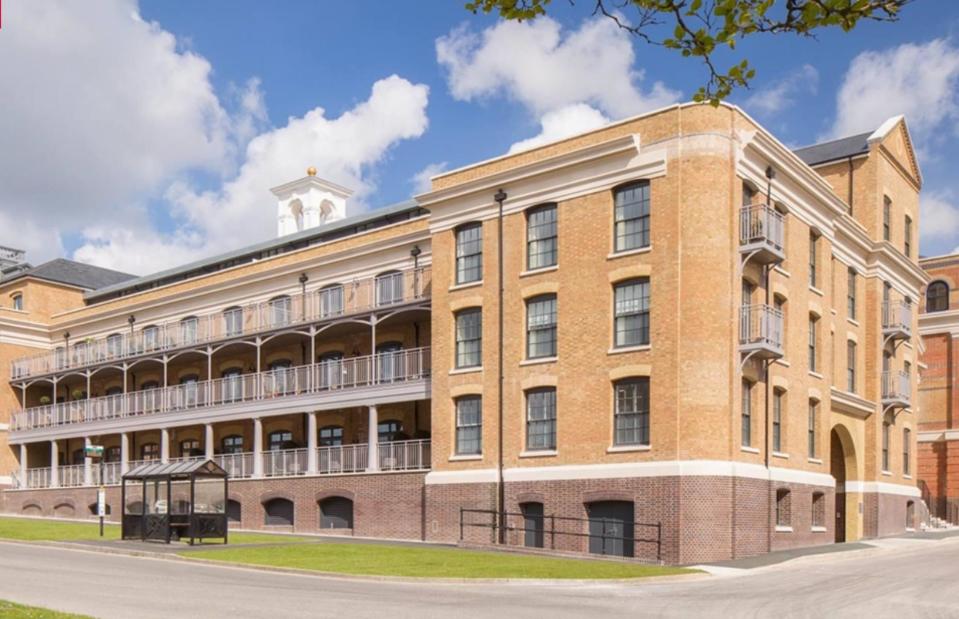
McCarthy Stone
For the older members of the community, there’s a wealth of accommodation to suit all tastes and budgets, including this McCarthy Stone retirement development, which looks like a converted Victorian warehouse.
Since launching in 2016, McCarthy Stone’s Bowes Lyon Court retirement development has proven so popular with retirees that today there is a waiting list.
Poundbury replicas
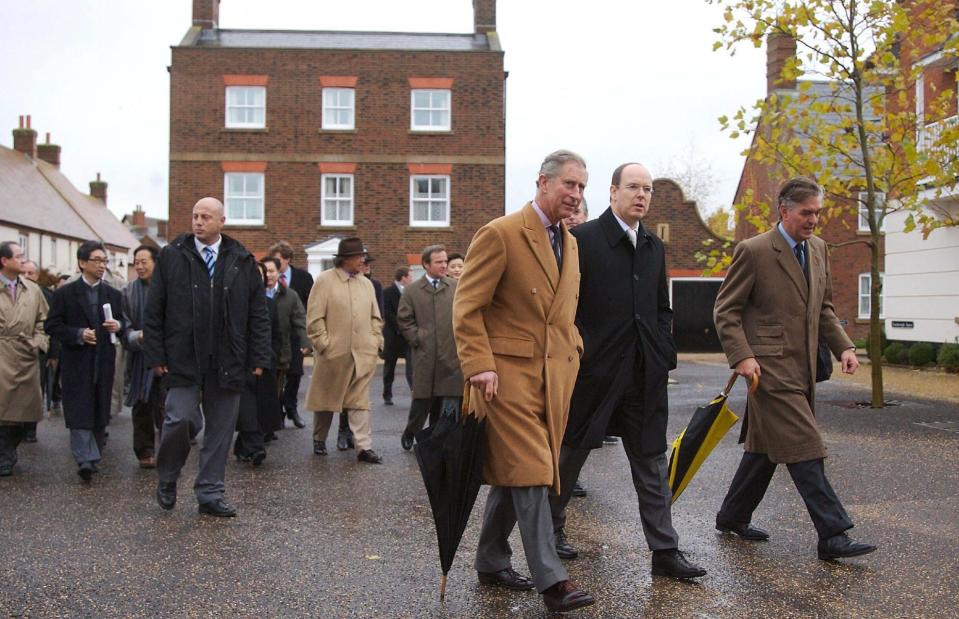
Anwar Hussein / EMPICS Entertainment / Alamy Stock Photo
The King is rightly proud of his achievements in Poundbury, which have attracted the attention of architects and town planners the world over, including dignitaries like Prince Albert of Monaco, seen here in 2006.
According to the Duchy of Cornwall, a 2018 report concluded that the town is already contributing over £98 million ($124m) to the local economy, while its principles have been incorporated into the British Government’s Planning Policy and replicated across the country reports The Telegraph.
A garden paradise
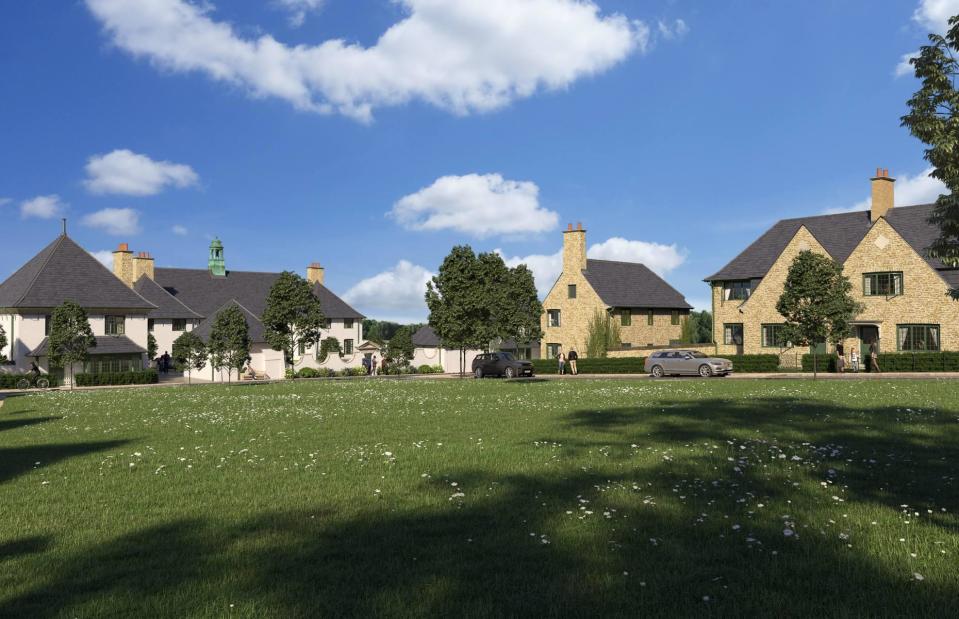
The Duchy of Cornwall
It’s not all harmonious living in Poundbury, of course. A report revealed a spat between neighbours, when one keen gardener was forced to remove a large collection of plants placed on communal land as reported by The Sun.
It’s a problem that will be hopefully avoided in the final phase of construction however, which has been inspired by the Edwardian Garden Movement, as represented here. “HRH loves things that are quirky,” says architect Ben Pentreath.
Once construction of Poundbury is complete, the Duchy of Cornwall will leave Poundbury to run itself, says The Guardian.
Poundbury residents celebrate the King
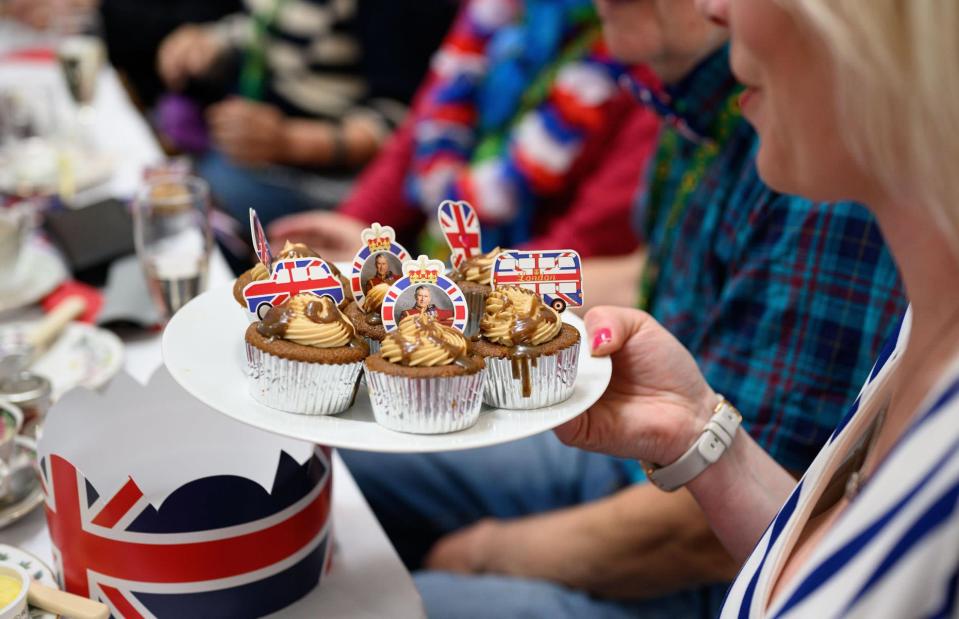
Justin Griffiths-Williams / Alamy Stock Photo
Leon Krier, who drew up the Poundbury master plan, had hinted several years ago that, once Poundbury was complete, he and the then Prince Charles would go on to build another small modernist town, "to show them how to do it". But that seems unlikely now that the King has ascended the throne.
The residents of Poundbury, seen celebrating here on the day of the King’s coronation with street party cupcakes, will be pleased he had time at least to build their ideal English town...


